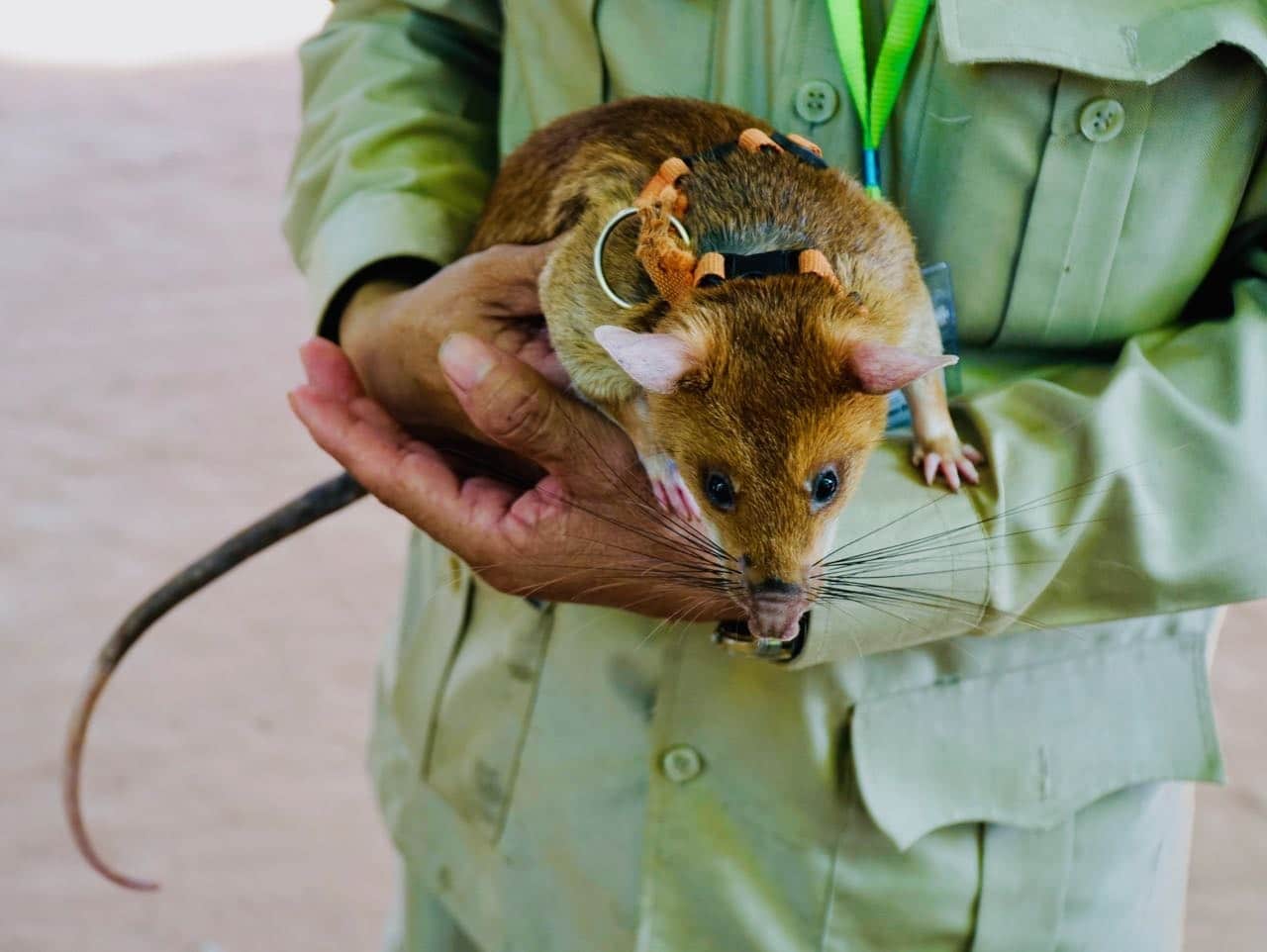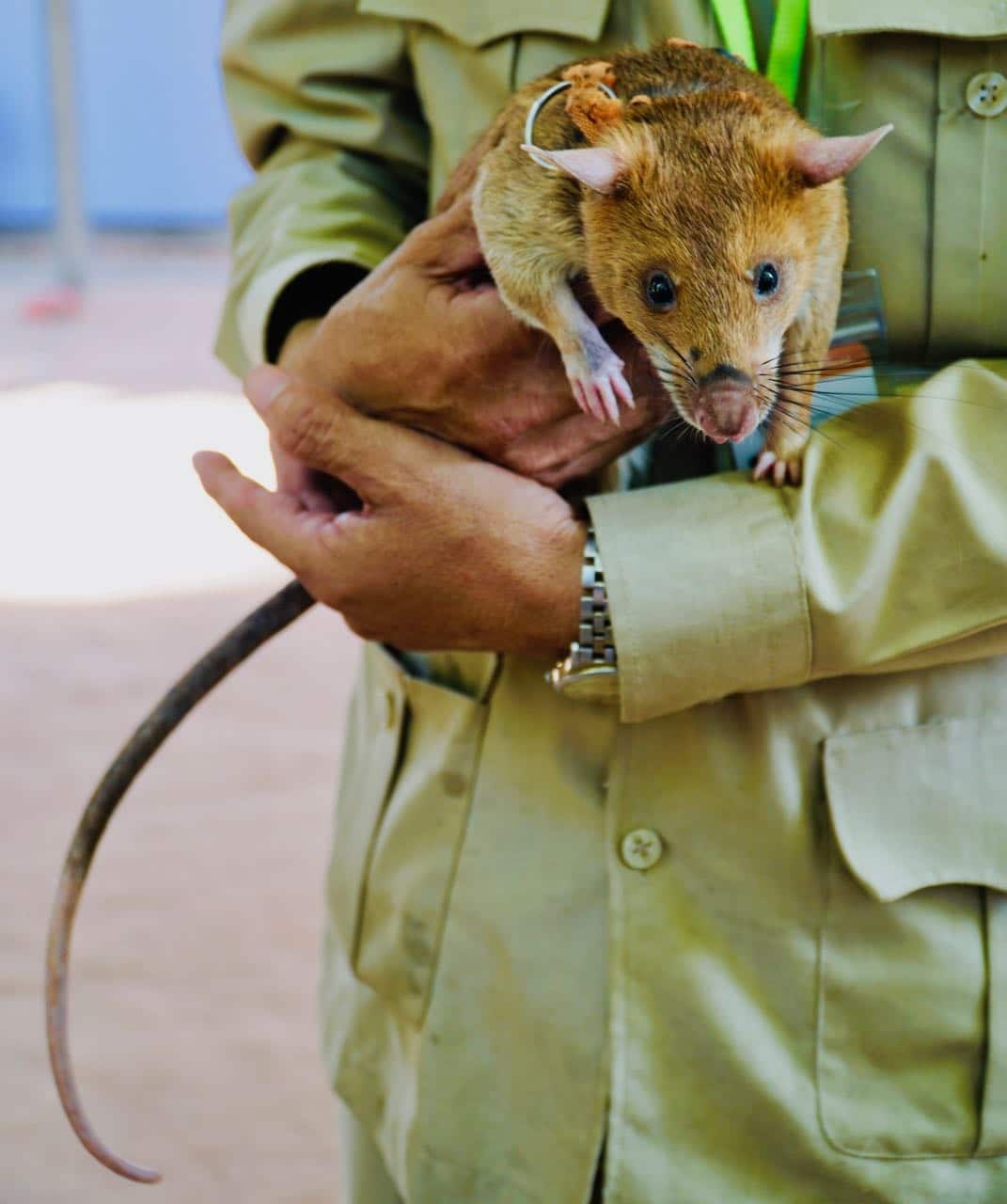Published December 2018
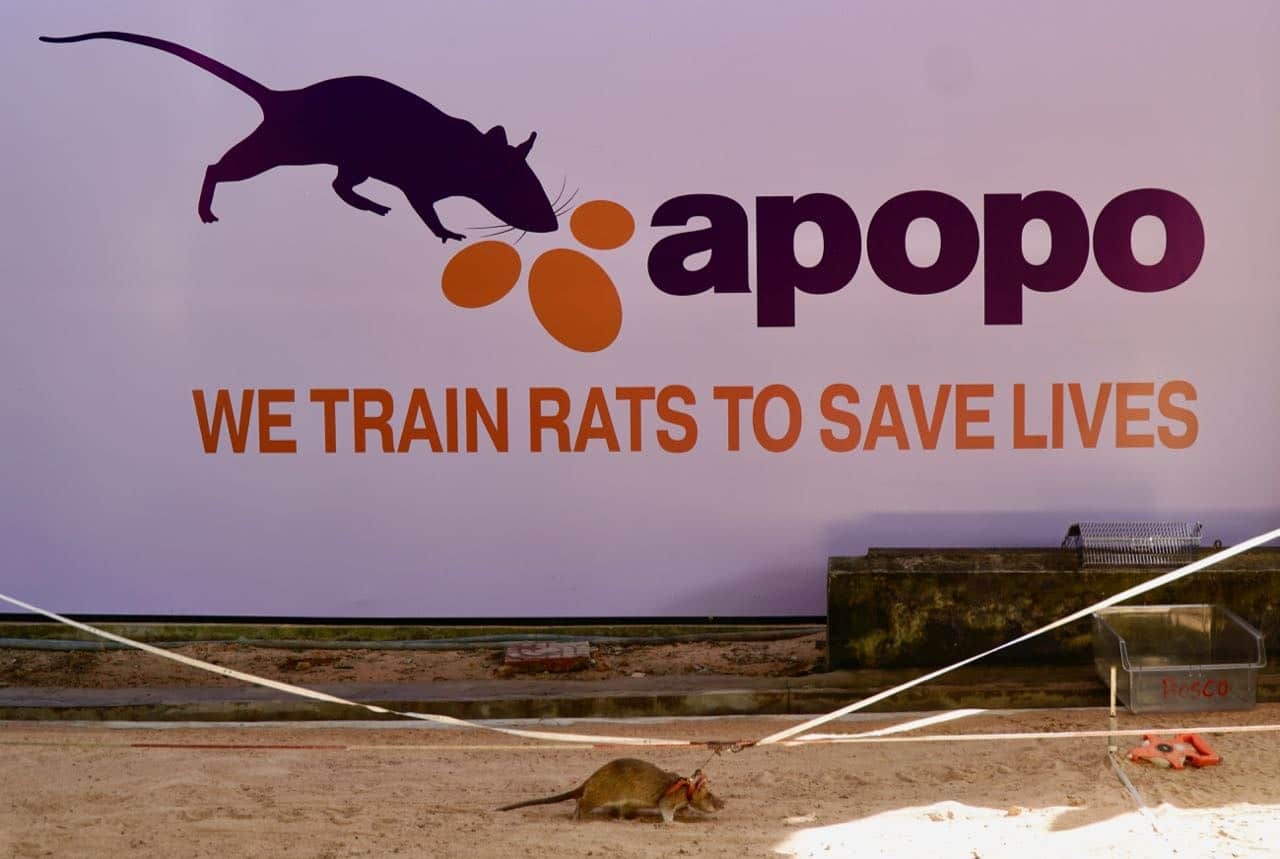
Rats are often seen as a nuisance, but did you know that they can also be life-saving heroes? In Cambodia, these up to 1.3 kg-heavy creatures are doing one of the most dangerous jobs in the world: searching for landmines.
The rats are trained to use their highly developed sense of smell to sniff out explosives up to one meter below ground. Being lightweight, they can criss-cross section after section of land much more effectively than conventional methods. One rat can clear a tennis court-sized area in half an hour; the same area would take up to four days for a human using a metal detector.
Statistics show that only three percent of suspected land actually contains landmines. The HeroRATs, as they are officially called, greatly reduce costs and increase the speed of landmine detection. So far, the rats have not missed one single landmine, and we were also happy to learn that not one of them has been injured while carrying out this brave task!
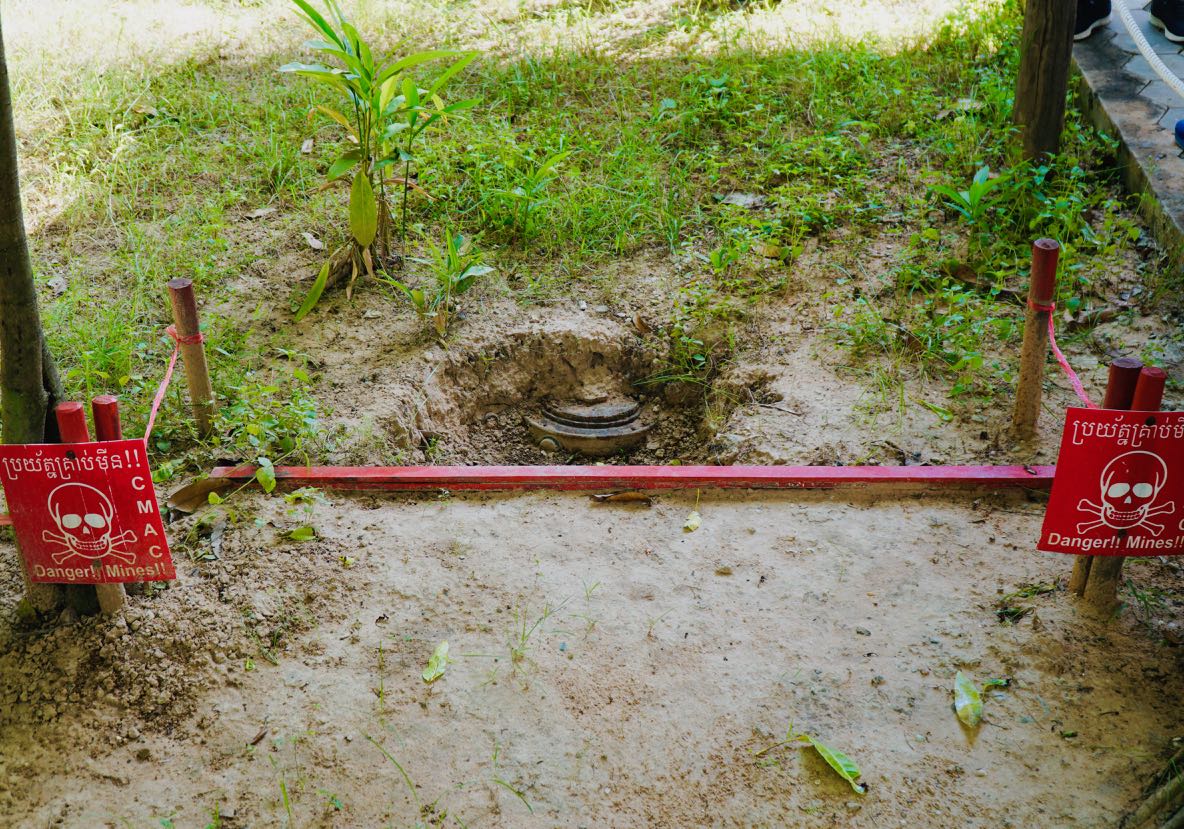
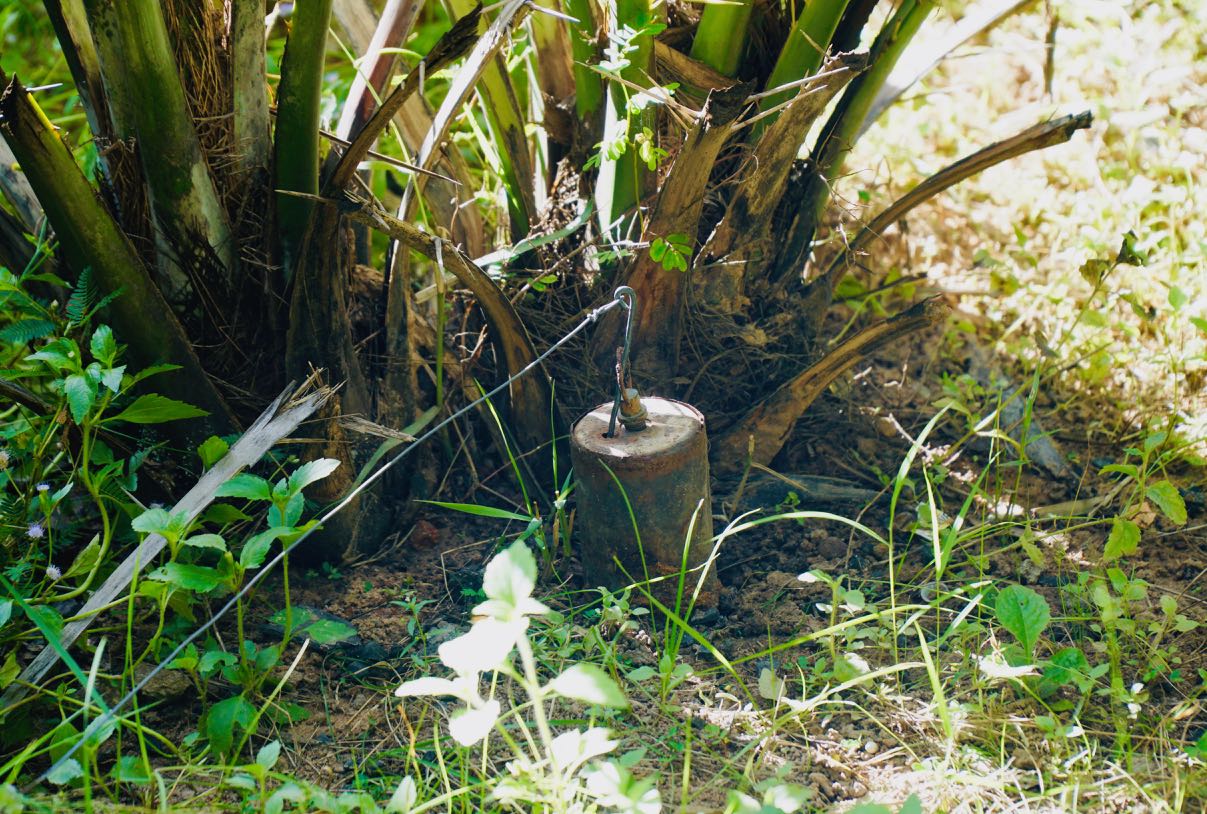
The organization behind this, APOPO, is a global non-profit organization with roots in Belgium and headquarters in Tanzania, where the rats are trained. It takes approximately nine months before these furry rodents are ready for the field. All in all, a field-ready detection rat requires an average training investment of 6000 EUR. After training and accreditation (the rats are independently tested according to International Mine Action Standards), they work in the field for four to five years.
With a history of over three decades of war, Cambodia is one of the most landmine-affected countries in the world, and it is estimated that there were as many as 4–6 million landmines placed in Cambodia during the Khmer Rouge period. A huge effort has since been expended to reduce that number. The current target is to make Cambodia landmine-free by 2025.
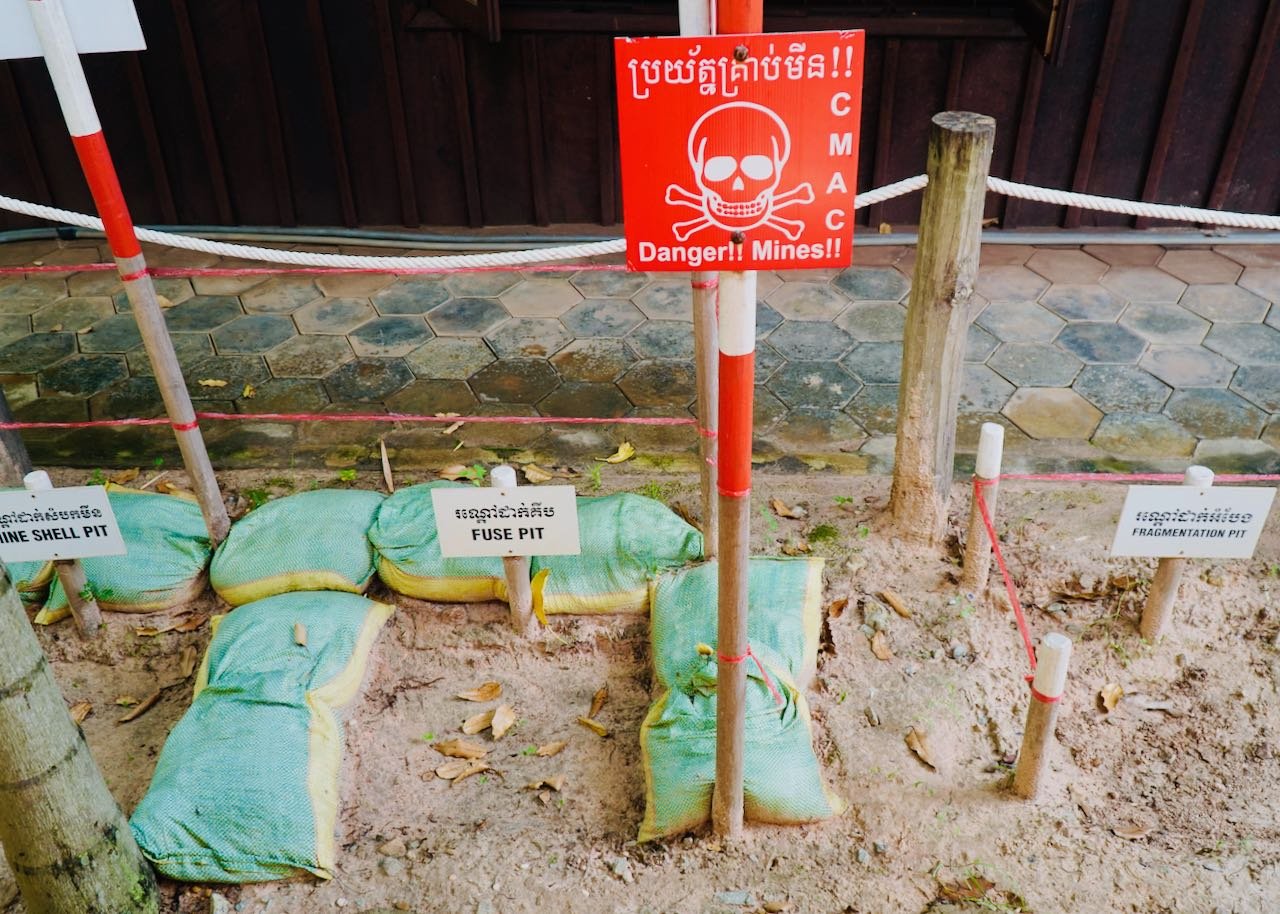
Landmines are said to have a lifespan of up to 50 years after being laid in the ground. In reality, they don’t have an expiry date and must always be considered dangerous. Aside from the extreme danger they pose to the population, landmines also have significant negative economic effects as they restrict the use of land that could otherwise be used for farming and housing.
We visited APOPO’s newly built visitor center in Siem Reap during our trip to Cambodia in November. It lies just outside Siem Reap city center and gives a highly informative overview of their operations. Our very knowledgeable guide, Sorn Kimmay, not only taught us about APOPO but also explained why clearing land of mines is such an important issue for the future development of Cambodia.
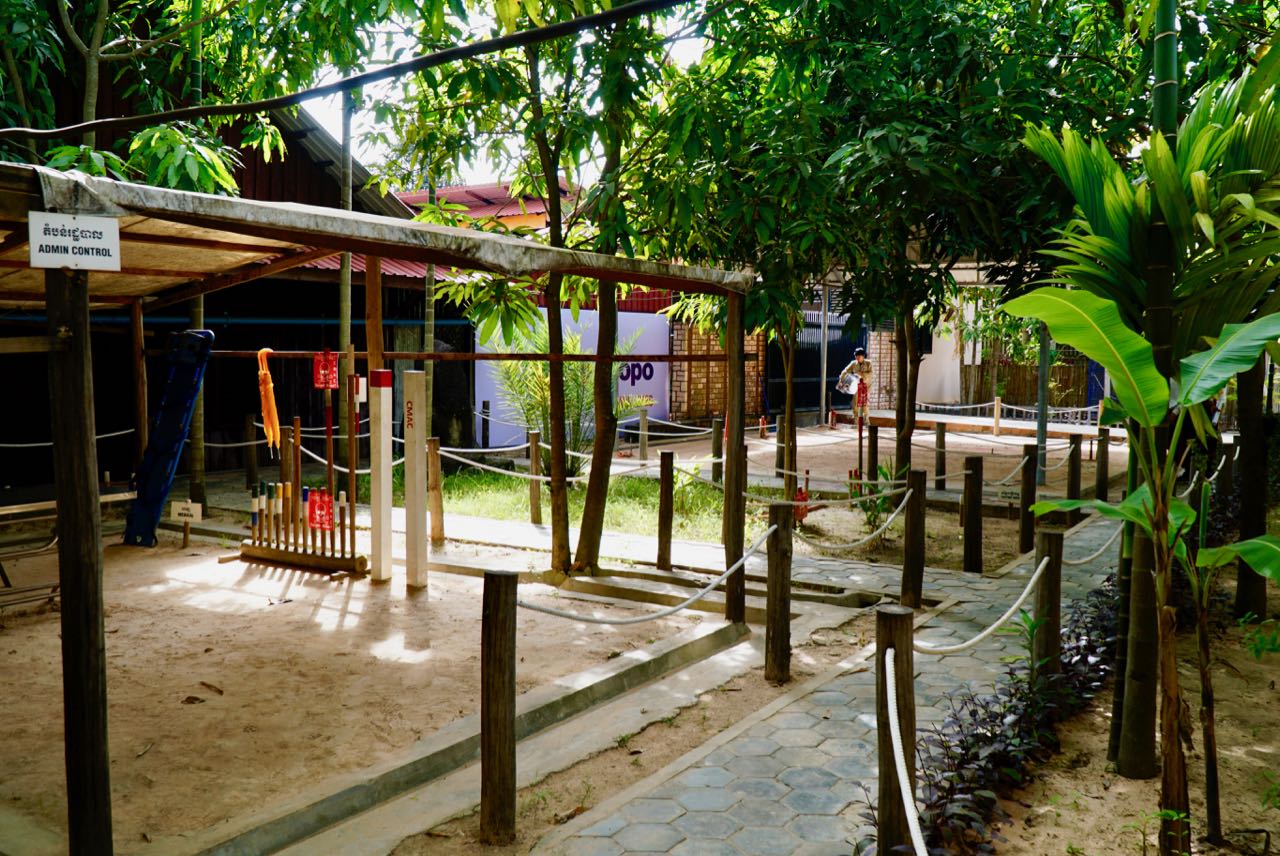
During the tour, we were guided through an area with displays about landmines and information about what Cambodian authorities and APOPO are doing to fight the problem. A short movie at the end of the tour with interviews of landmine victims was especially touching.

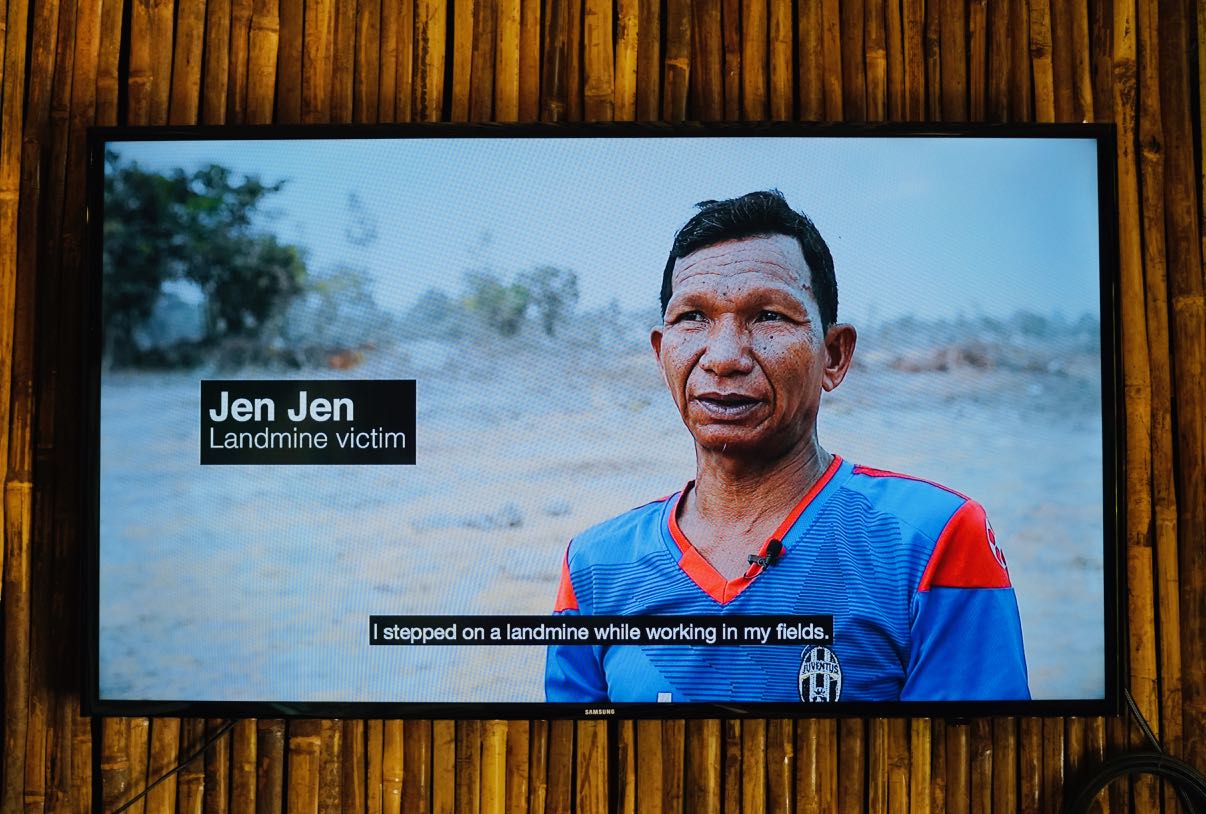
The highlight of our visit to the APOPO Visitor Center was a live demonstration of how the rats work to clear areas of land. A designated area with already defused landmines illustrated how difficult it is to spot them in the terrain. The demonstration was a great display of how rats and humans can cooperate to save lives. The rat effectively searched the test field and located the hidden TNT in just a couple of minutes. We fell in love with the small hero with the sensitive nose and wise eyes, and we highly recommend a visit to APOPO’s Visitor Center in Siem Reap!
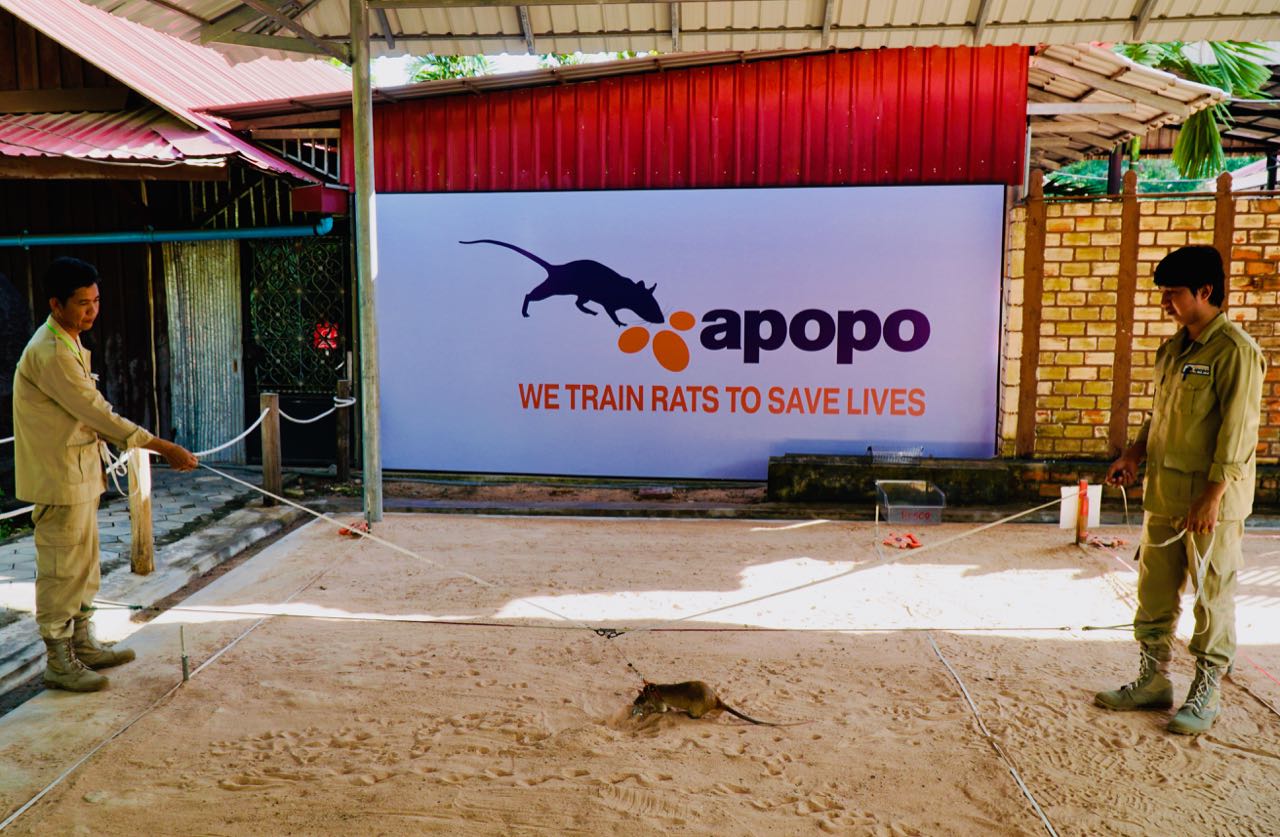
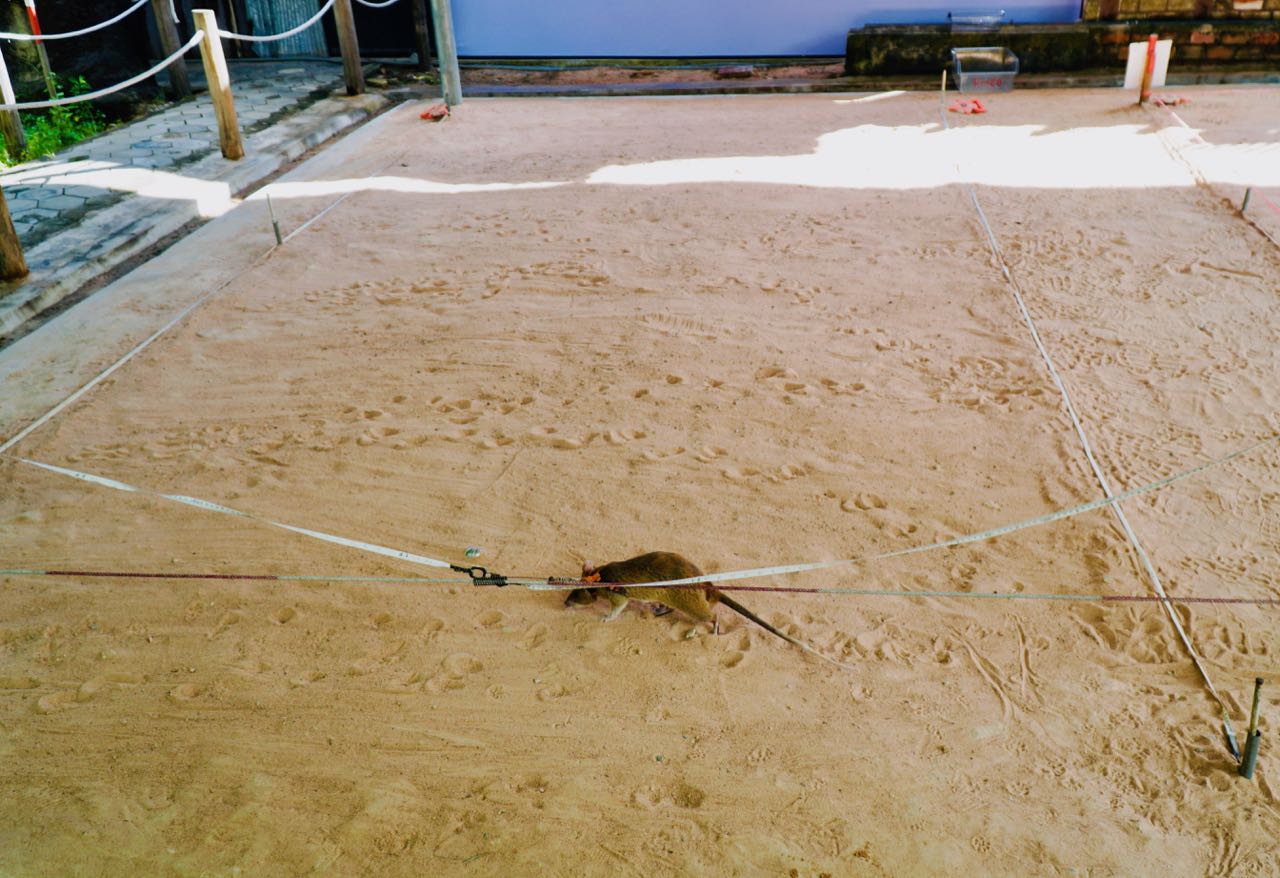
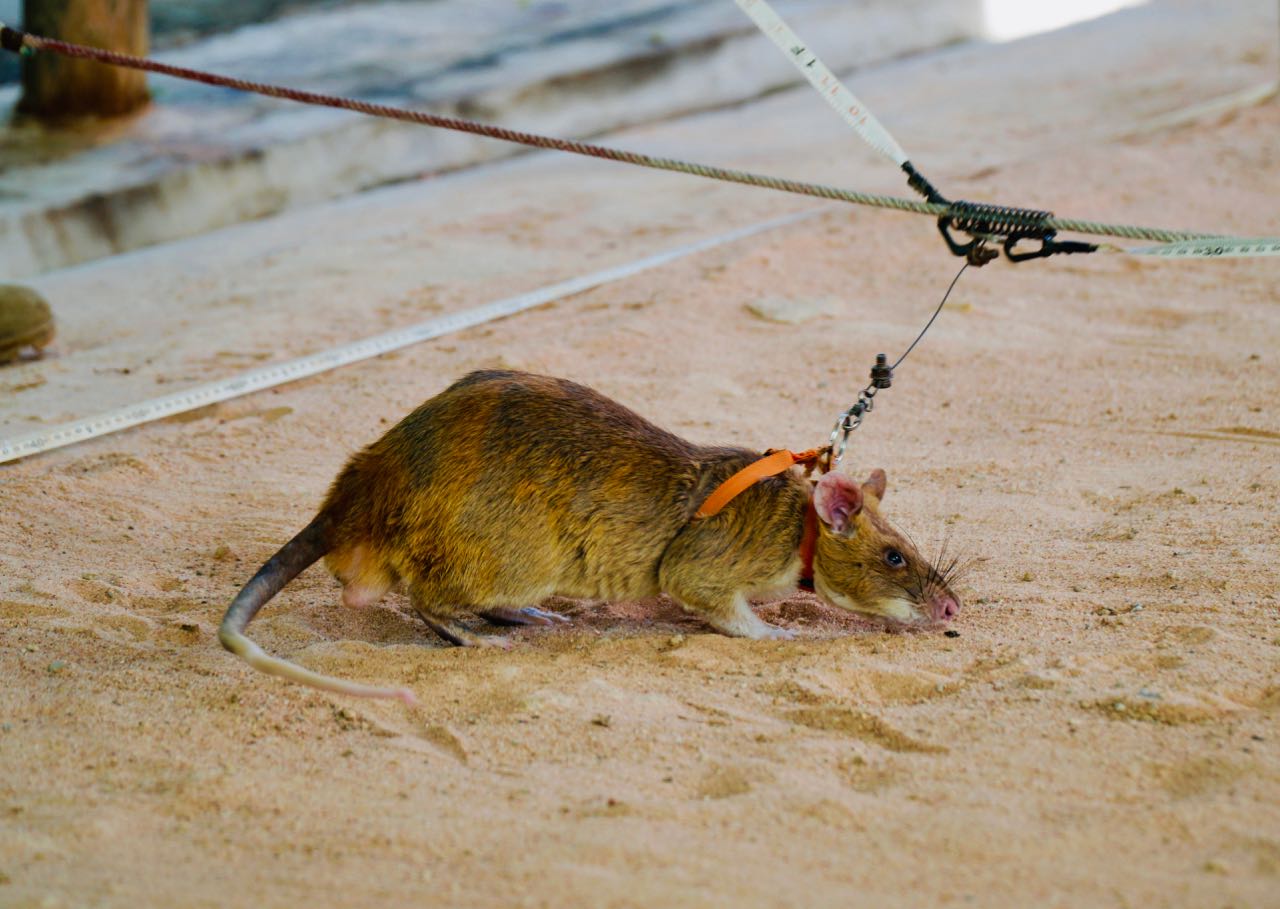
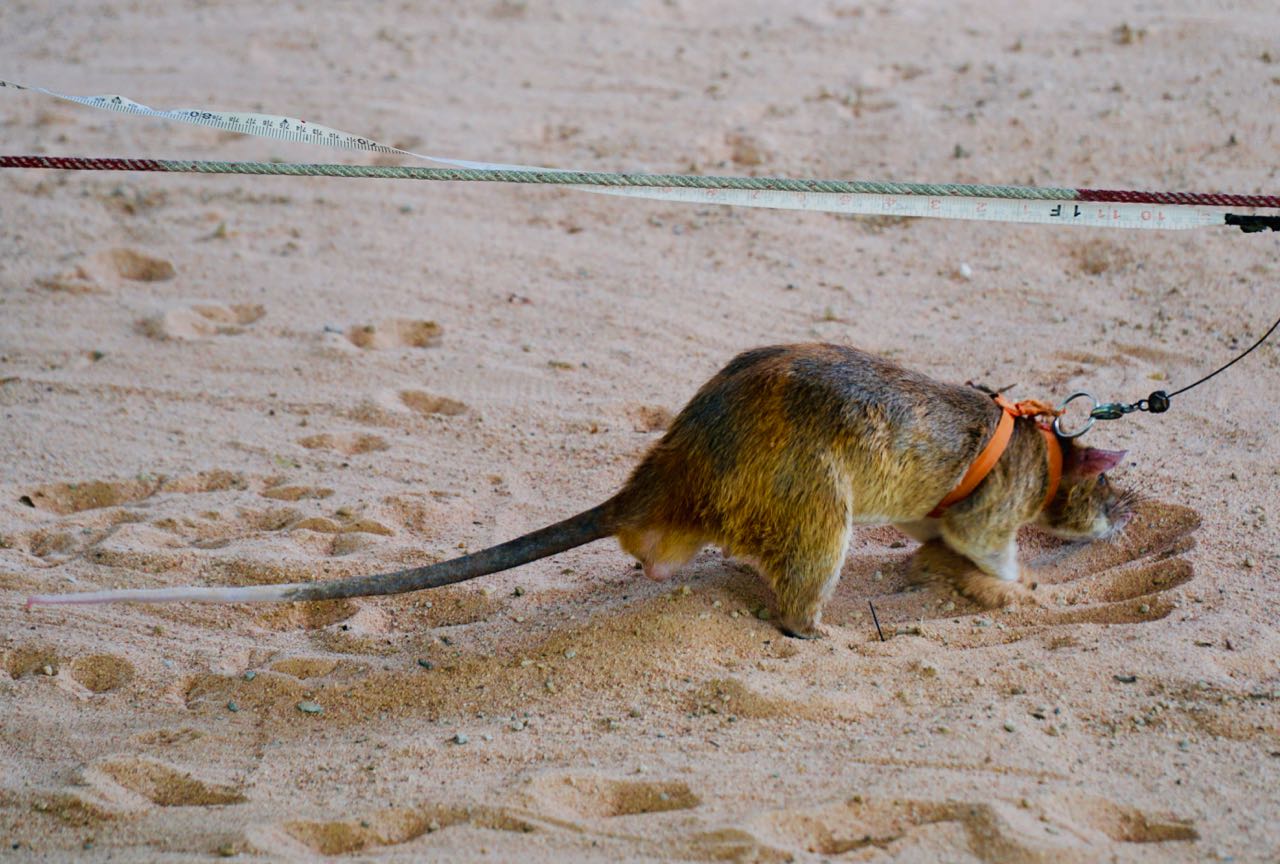
Practical information and tips:
- The tour itself costs 5 USD per person and takes about 30 to 60 minutes.
- It is recommended to book in advance by email ([email protected]) or by phone on (+855 8159 9237). Drop-ins are also possible.
- Opening hours are Monday to Saturday from 8.30 a.m.–5.30 p.m.
- Link to Google Maps.
- Link to APOPO’s website.
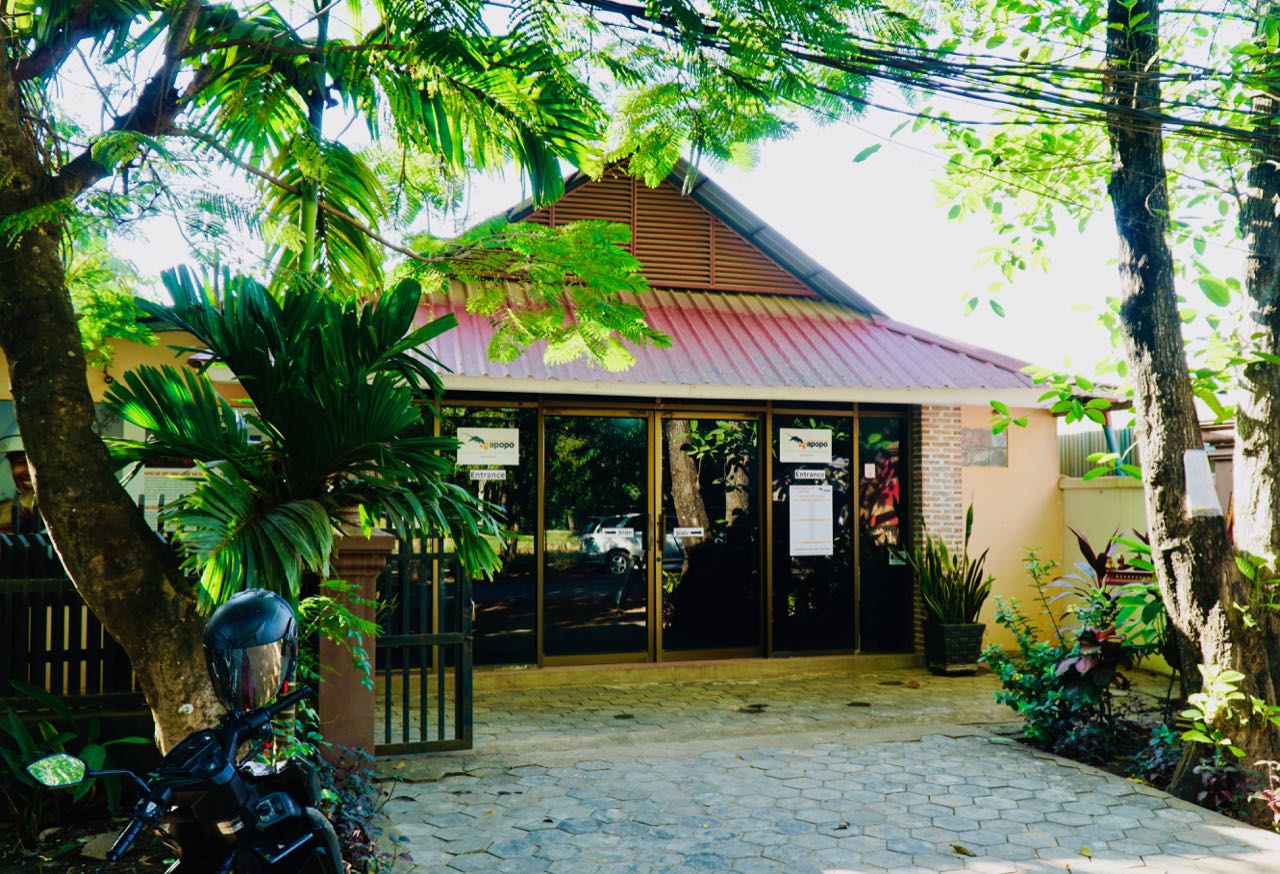
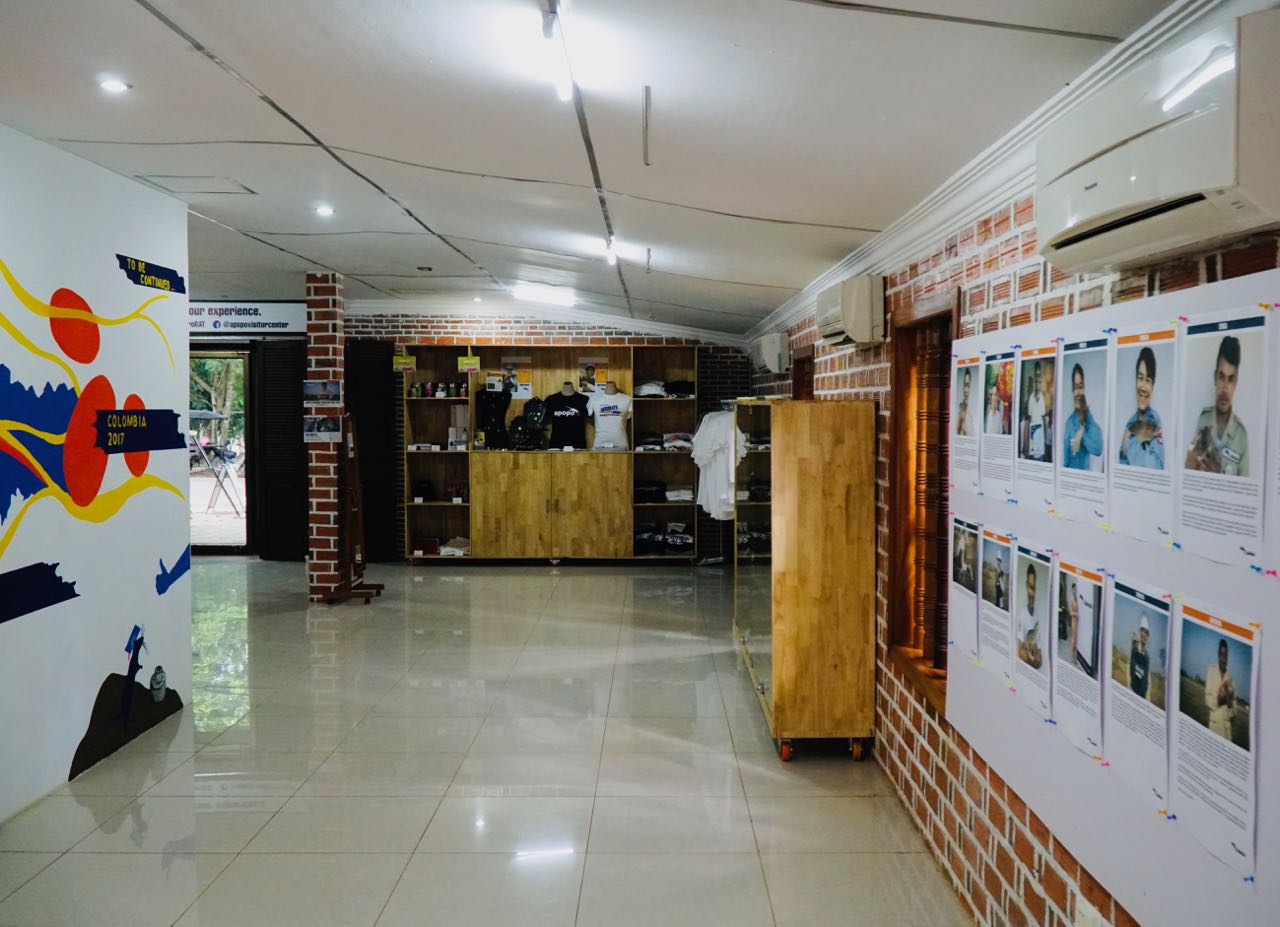
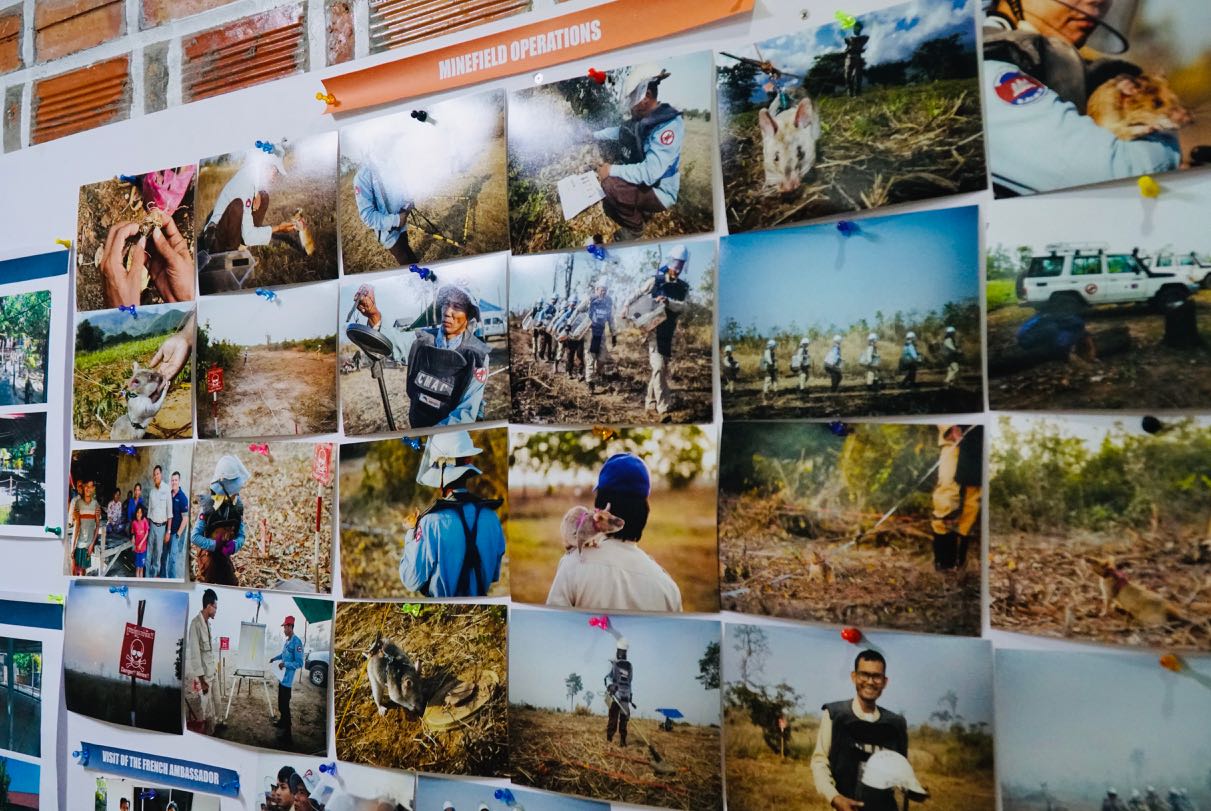
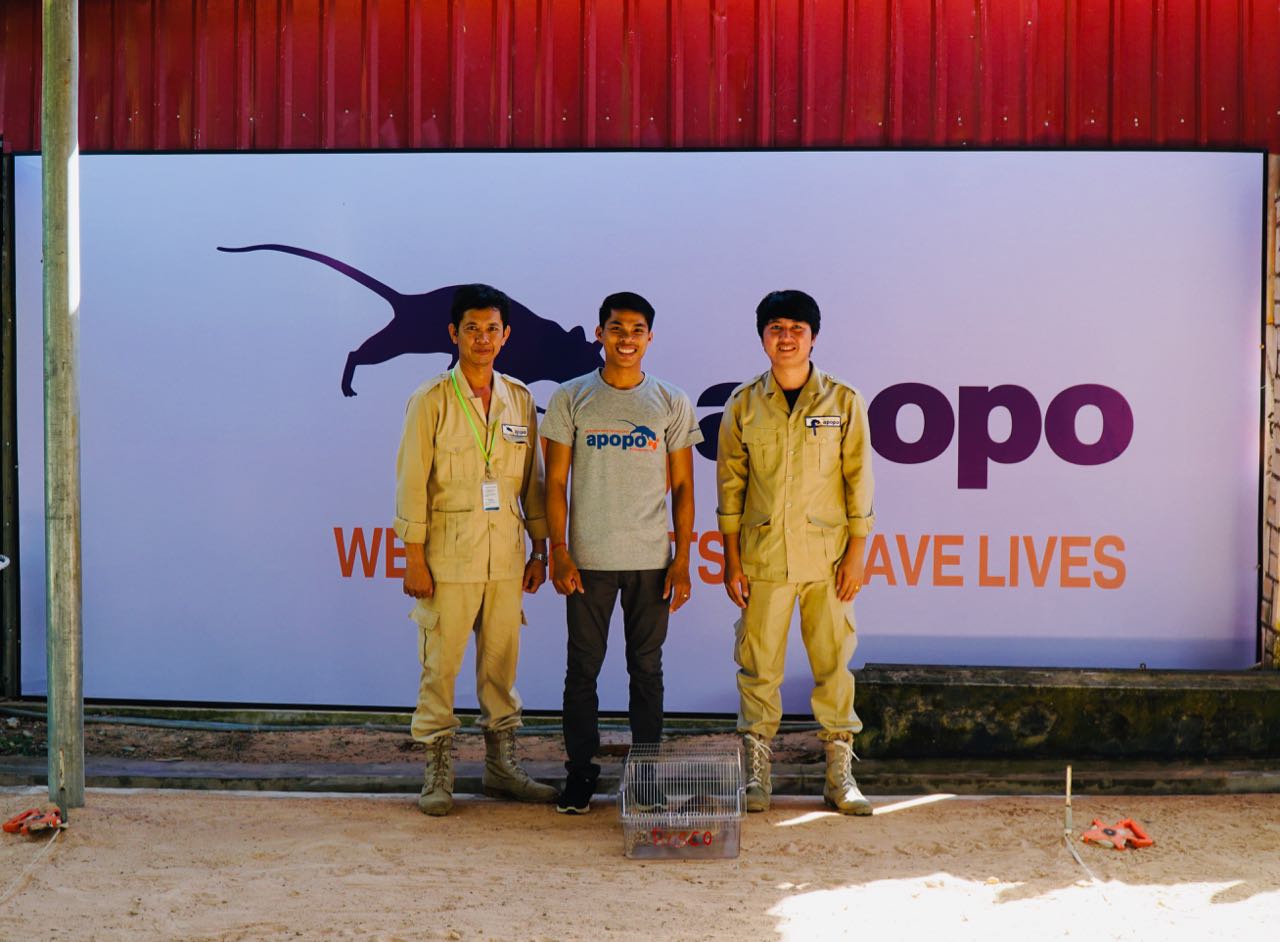
A donation to APOPO is welcomed but is not required for visiting the center. There are also other ways to support APOPO’s work: adopting a rat, buying drinks in their café, or purchasing souvenirs from their gift shop are some of the alternatives. We decided to go for the option of adopting one of the rats and look forward to receiving newsletters via email about “our” rat. There are also several ways to contribute through APOPO’s website.
*We visited APOPO on our own initiative and did not receive any special discounts.
